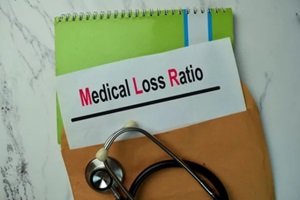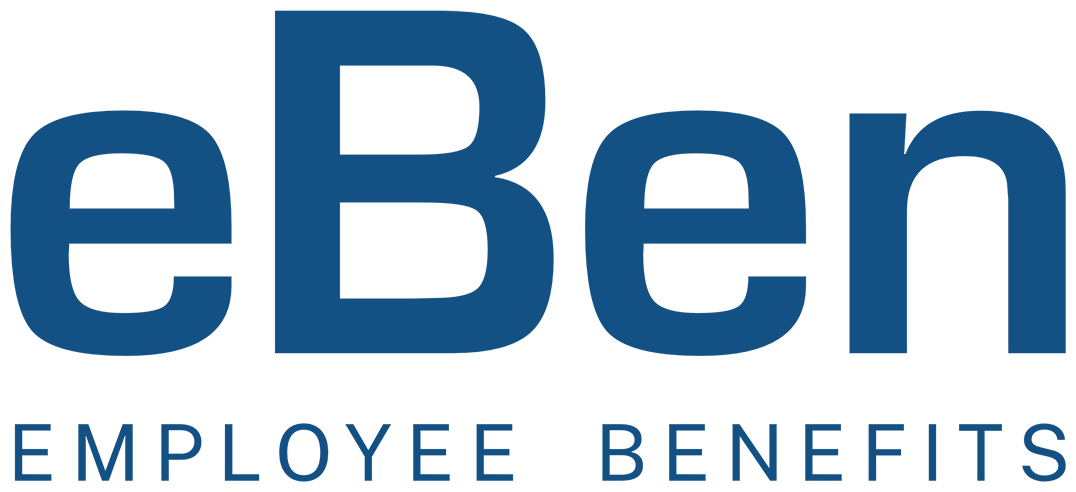 Medical loss ratio (MLR) refers to the percentage of premium dollars a health insurer spends on quality improvements and medical claims, compared to administrative costs.
Medical loss ratio (MLR) refers to the percentage of premium dollars a health insurer spends on quality improvements and medical claims, compared to administrative costs.
The amount of health insurance premiums spent is divided by the total premiums collected to calculate the MLR for each health insurer. In the U.S., minimum MLR standards for health insurance are set by the Affordable Care Act (ACA).
Employers with fully insured plans that receive MLR rebates from insurance carriers must distribute any portion of the rebate that is not considered a “plan asset” to policyholders if the insurer’s MLR falls below the minimum threshold.
How Do Medical Loss Ratio Rules Work?
The ACA’s medical loss ratio provision limits the premium income an insurer can keep for marketing, administration, and profits.
In individual and small group markets, an insurer must spend at least 80% of their premium income on quality improvement efforts and health care claims. The remaining 20% should be allocated to marketing expenses, administration, and profit.
For large-group insurers, the MLR threshold is higher. These insurers must spend at least 85% of their premium income on quality improvement efforts and health care claims.
Medical loss ratio rebates follow a 3-year-average rule in which rebates are calculated using financial data from the past three years. For example, rebates issued in 2023 would be determined using financial data from 2020, 2021, and 2022.
In this scenario, any rebates would be given to individuals and companies who purchased coverage in 2022.
Is Everyone Eligible for an MLR Rebate?
MLR rebates typically only apply to specific plan options, such as PPO, HMO, or HDHP plans. The MLR rebate notice received by the insurer will specify which plan it applies to and should only benefit those participants who contributed to the cost of the plan option.
Most people are not eligible for MLR rebates as their health plans meet the required MLR targets. MLR rebates administered in 2022 were sent to approximately 6.2 million people, including 2.4 million people in the individual market and 3.8 million in the employer-sponsored market.
If a health insurer in the employer-sponsored market does not meet specific MLR requirements, they must send rebates to employers that purchased those plans for their employees. Once an employer receives the rebate checks, they can choose how to allocate the funds.
Some employers may put the money toward reducing their employees’ future premiums, while others may provide employees with enhanced benefits. In some cases, employers may choose to issue rebate checks to all plan participants.
How Should Employers Handle MLR Rebates?
 Employers who receive MLR rebates must determine how they will use them within three months of receipt of any rebates. After receiving an MLR rebate, employers should start by reviewing any documentation that arrives with the rebate.
Employers who receive MLR rebates must determine how they will use them within three months of receipt of any rebates. After receiving an MLR rebate, employers should start by reviewing any documentation that arrives with the rebate.
This documentation will generally specify which plan the rebate applies to and how the rebate was calculated. It is also wise to review relevant plan documents to determine if any portion of the rebate will be retained by the employer.
In some cases, neither the insurance policy nor plan documents specify how to administer MLR rebates. In this case, employers must calculate if a portion of the rebate is a plan asset.
Start by reviewing the portion of the premiums paid by the employer compared to those paid by employees to calculate whether any portion of the rebate is a plan asset.
Employers may choose to keep the entire portion of rebates related to employer contributions. This often occurs when employers pay the entire portion of all premiums. However, employers must consider their contribution to all tiers, not just employee-only tiers.
If it is determined that any portion of a rebate is a plan asset, the employer must distribute the rebate to plan participants. This includes participants covered under the specific plan year that correlates with the rebate.
If the cost of sending rebates to former employees, such as terminated employees, exceeds the rebate amount, the employer may choose to limit rebates to current participants.
Employers with fully insured health insurance plans should prepare to distribute any portion of the rebate determined to be a plan participant within three months of receiving that rebate. They should also determine the potential tax consequences of these distributions.
Discover How eBen Can Assist You with Medical Loss Ratio Rebates
Managing medical loss ratio rules within organizations can be complex as they often change from year to year. The employee benefits experts at eBen have helped countless businesses determine how to manage health insurance rebates to avoid penalties appropriately. To get started, contact eBen at (910) 518-9338.


